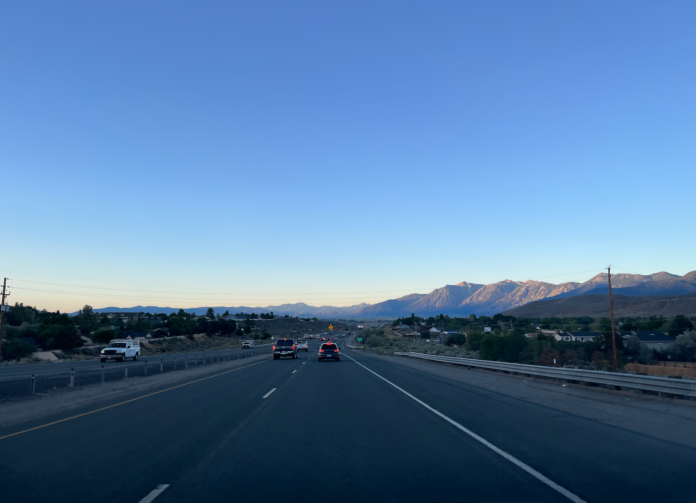Most American cities are car-centric and the cities are designed for private transportation unlike what we used to experience in Singapore. Most attractions away from the cities are best to visit by driving rental vehicles instead of taking long-winded public transport which often comes with long wait times and more transfers.
Firstly, there is something you can prepare to make your life easier while driving in the United States.

Sunglasses
A pair of polarized sunglasses can protect your eyes by reducing the UV rays getting into your eyes because it’s usually sunny and the sky is usually clear (not covered by clouds as seen in Singapore).
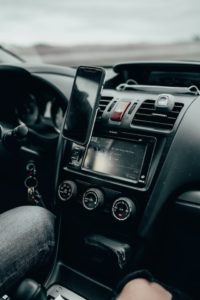
Phone mount
Navigation is important getting to places in the United States, especially in cities where roads are complicated with heavy traffics. Rental vehicles don’t come with a phone mount most of the time, hence having one phone mount with you will save your day.
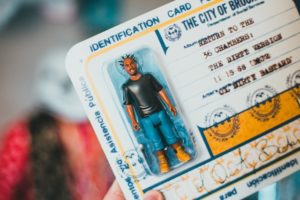
Driving license
International Driving Permit (IDP) from Singapore Automobile Association (AA) is not required to drive in the United States, make sure you always have your Singapore driving license with you when driving.
Secondly, let’s get to different methods to get rental vehicles in the United States.
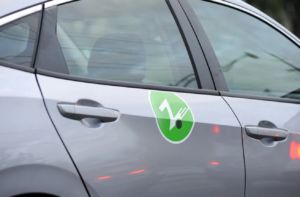
Zipcar
Similar to GetGo in Singapore, which offers point A to point A short-term car rental (return to the same spot where you collect the car). It is common to spot one around the campus in Berkeley and Stanford and the phone app will show you where are the available vehicles.
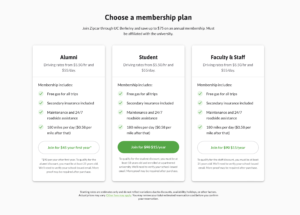
There are monthly charges if you are subscripted to Zipcar but signing up using school-issued email will qualify for a discount of only $15 a year. Make sure you opted for the premium insurance protection ($9 monthly) which waived off any fees if you are involved in any accident (touch wood).
Zipcar comes with free gas and FasTrak (similar to ERP) access so you can travel to San Francisco without worrying about toll charges. Take note of 180 miles daily limit if you are booking one because there will be additional charges incurred ($0.58 per mile).
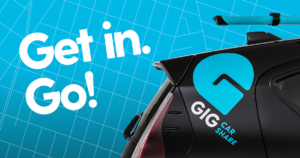
Gig
Similar to BlueSG where you return the car anyway within its home zone (which includes Berkeley, Oakland and San Francisco). Their rates are slightly more expensive than Zipcar but it offers you the flexibility of making a one-way trip elsewhere, and it doesn’t come with monthly charges and comes with free gas and FasTrak too.
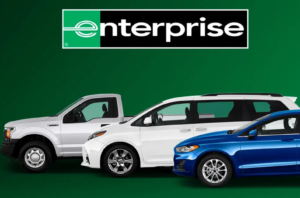
Enterprise
Conventional car rental company for road trips with longer duration. They have multiple offices around the bay area and the price is usually cheaper in Oakland Airport and Alameda County. This is the only conventional car rental company I recommend for UC Berkeley exchange students because it waives off young rental fees (for 24 and below) when you use the promo code “UCBGEN” when reserving the vehicles. Their vehicles tend to be cleaner and there are more categories to choose from.
Lastly, there are some tips for driving in a foreign land which worth taking note of:
Stop sign

You must make a complete stop before approaching the junction, and make sure the traffic is clear before proceeding. If it’s a 4-way stop sign junction, drivers who reached the junction first will have the priority to go.
It is hard to make a left turn in the cities but remember Los Angeles and San Francisco are made of grid systems. Locals said making three right turns are equivalent to turning left, lol.
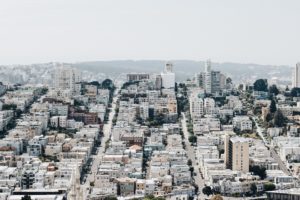
When you are first in line to turn left in a junction without a dedicated left turn traffic sign, make sure u entered the junction and make the left turn when upcoming traffic is clear or safe for you to do so. Else, do so when the traffic light turns yellow, or else you will be stuck in the traffic and get horned by people. Yes, you can make your left turn when the traffic light is yellow if you have entered the junction. Right turn on red is always allowed unless it’s mentioned in the traffic sign.
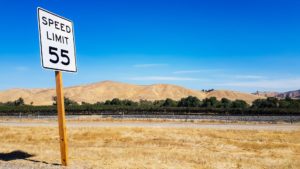
Speed limit
Freeways usually have a speed limit of 65 mph, but people usually travel beyond that speed. I usually travel around the same speed as others did, which is always around 15 miles beyond the stated speed limit. I highly suggested not going beyond that because there are always highway patrols waiting at your blind spots before they pulled you over. Don’t ask me how I know 🙁
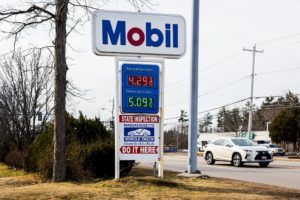
Gas prices are floating, and you can check the price on google maps or GasBuddy (phone app) before deciding where to make your pit stop. Generally, avoid Chevron and Shell because they are more “premium” gas stations. Bigger towns (not cities) usually offer cheaper gas as there is more competition between different gas stations.
Enjoy your road trip in the land of freedom and stay safe!
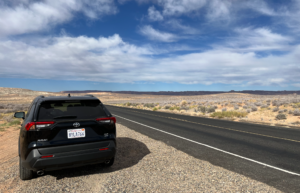
Written by Tan Hao Yi.




















